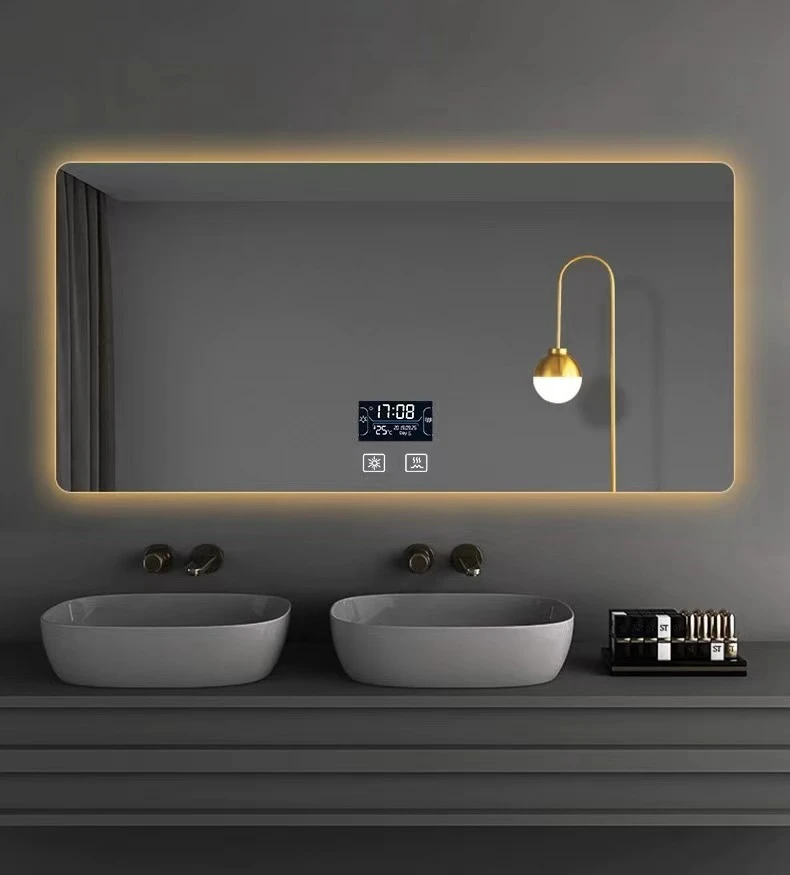

Understanding Float Glass for Fusing Properties, Applications, and Benefits
Float glass is a widely recognized type of glass that is produced through a unique manufacturing process. It involves floating molten glass on top of molten tin to create a flat, uniform surface. While float glass is commonly used in construction, automotive applications, and electronics, it is also becoming increasingly popular in the world of art, particularly for fusing processes. This article explores the properties of float glass suitable for fusing, its applications, and the benefits it offers for artists and craftsmen.
The Properties of Float Glass
One of the key attributes of float glass is its clarity. The smooth surface resulting from the floating process minimizes impurities and defects, allowing for a premium quality that is essential for artistic applications. In addition to being clear, float glass is available in a variety of thicknesses, typically ranging from 1.6 mm to 19 mm. This versatility enables artists to select the appropriate thickness depending on their specific fusing needs.
Float glass is also known for its durability and resistance to thermal shock. When properly annealed, it can withstand the fast temperature changes associated with fusing, making it an ideal choice for kiln work. Furthermore, float glass is compatible with a range of colors and finishes, expanding the creative possibilities for artists as they can layer glass of different colors, textures, and opacities in their designs.
Applications in Fusing
Fusing is a process that involves heating layers of glass until they partially melt and bond together. This technique allows artists to create a wide array of intricate designs, patterns, and textures. Float glass can be effectively used in a variety of fusing projects, including
1. Glass Tiles Float glass can be cut into smaller shapes and fired in a kiln, producing stunning glass tiles ideal for backsplashes, tabletops, and other decorative surfaces.
2. Sculptures and Dimensional Art Artists take advantage of the versatility of float glass to create three-dimensional sculptures by layering, shaping, and fusing glass pieces to achieve depth and complexity.
3. Stained Glass Windows Combining float glass with colored glass opens up opportunities to produce beautiful stained glass windows that transform light in unique ways, contributing to architectural beauty.
4. Functional Glassware Beyond artistic expressions, float glass can be fused to produce functional items such as plates, bowls, and vases, allowing artists to create usable objects that display artistic flair while serving practical purposes.
Benefits of Using Float Glass for Fusing

The use of float glass for fusing offers several advantages for artists and designers.
1. Cost-Effectiveness
Compared to other specialized glass types, float glass is generally more affordable. This cost-effectiveness allows artists to experiment freely, making it a suitable choice for both beginners and seasoned professionals who wish to produce large-scale works without significant financial constraints.
2. Accessibility
Float glass is widely available, making it easy for artists to obtain the materials they need. Whether through local suppliers or online markets, the availability of float glass simplifies the sourcing process and encourages more artists to work with glass.
3. Easy to Work With
Due to its uniform thickness and smooth surface, float glass is relatively easier to cut, shape, and manipulate than other types of glass. This user-friendly characteristic is particularly beneficial for novice artists who are still mastering techniques in the fusing process.
4. Compatibility with Other Glass Types
Float glass can be fused with other glass types, including opalescent and dichroic glass, allowing for unlimited creative expressions. This compatibility enables artists to combine different textures and colors to create unique artwork.
Conclusion
Float glass is an ideal medium for artists engaging in fusing techniques, thanks to its clarity, durability, versatility, and cost-effectiveness. As artists continue to explore new avenues in glass art, the use of float glass for fusing is likely to grow, closing the gap between functional craftsmanship and artistic expression. Whether for making stunning sculptures, artistic glassware, or intricate stained glass pieces, float glass has carved out a significant space in the creative landscape, empowering artists to bring their visions to life. As technology and techniques advance, the potential for innovations in float glass fusing will undoubtedly expand, promising an exciting future for this art form.